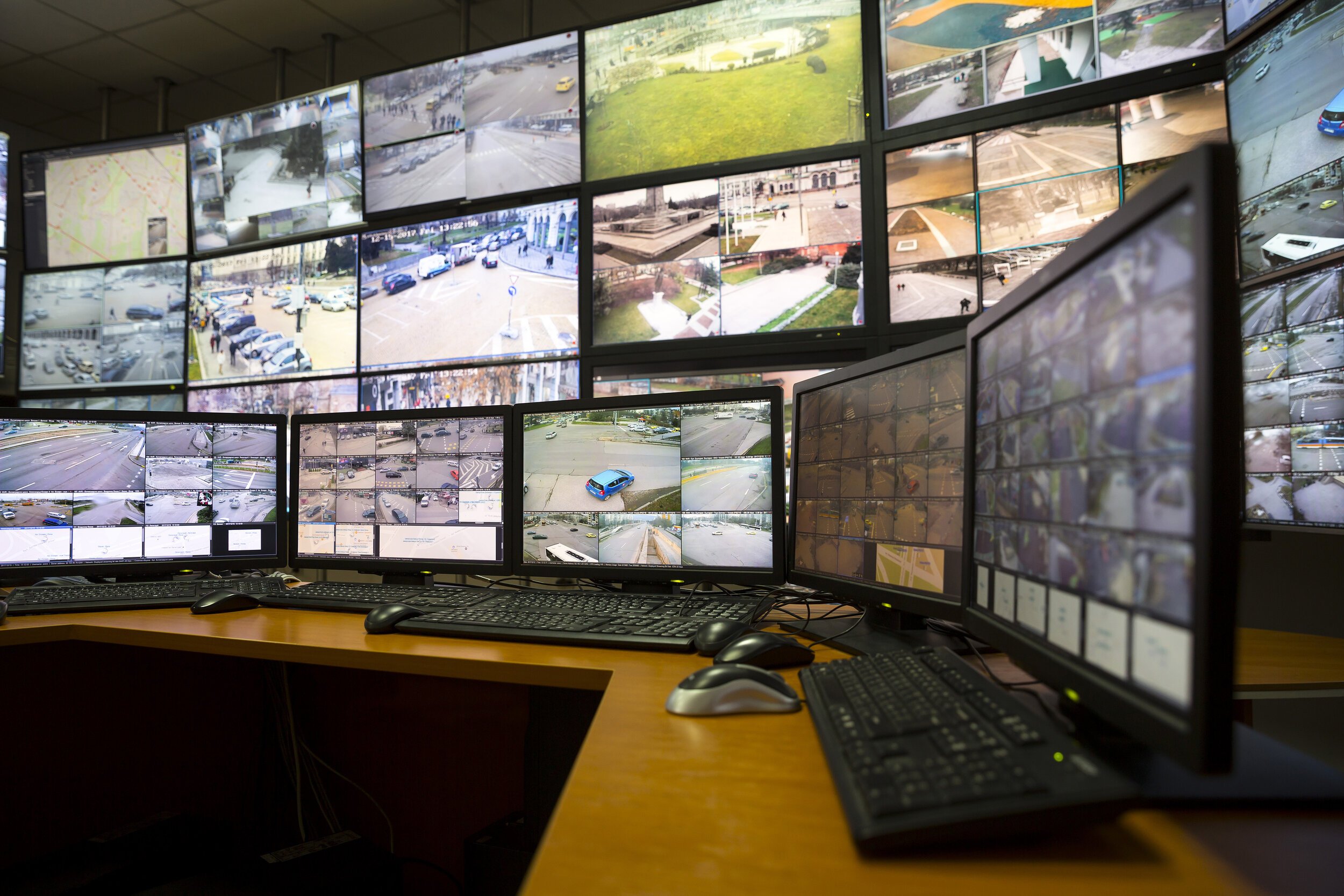Electronic security systems in healthcare – How to make the tech work for you
Healthcare facilities are adopting modern and innovative technology to address security concerns, but are they being implemented correctly?
Lisanne Naeth, Senior Electrical Engineer
Today’s healthcare facilities are equipped with a multitude of electronic security systems and technology provided with the intent of protecting staff, patients, public, and assets. These systems are part of almost every project as they greatly improve safety, reduce event response times, assist in incident investigation, and increase operational efficiencies.
As we plan, design, and construct the healthcare facilities of tomorrow, it’s important to analyze the impact of these systems on the facility operations and ensure the systems are implemented effectively.
The value of Facility Risk Analysis during early design
Electronic security systems are typically applied as a solution for inherent Facility design shortcomings. When Facility Risk Analysis (based on CPTED principles) is included as part of the conceptual and indicative designs, we can use the identified risks to inform and influence the design of the Facility. Thereby reducing the overall need for, and scale of, electronic security systems.
By conducting a Facility Risk Analysis during the initial planning stages, decision makers can avoid implementing designs with basic security risks (e.g., a poorly lit and heavily treed courtyard). Instead of addressing security risks with technology (e.g., security cameras, video analytics for motion detection, emergency phones, and integrations for alerts), we have the opportunity to reduce the risk within the Facility design.
Alternative solutions that could be implemented include increased lighting in the courtyard area and revised landscaping choices to promote a nature component without compromising sight lines. Ultimately, changes like these can help make the area far less appealing for undesirable behavior and reduce the facility’s dependency on the electronic security systems.
It seems counter intuitive for electronic security systems designers to be an advocate of reducing our dependency on said systems, however the most effective systems are right-sized, cost effective, and have the flexibility to accommodate change in the future.
Strategic planning to improve incident response
Security technology has greatly evolved from the days when security staff watched a wall of monitors 24/7. Today’s electronic security systems utilize system integrations to assist with incident detection and response measures. However, the frequency of these automatically generated alarms and alerts can lead to staff becoming overwhelmed by alarms from multiple systems and nuisance alarms. Alarm fatigue is a common problem in the security industry across all sectors. Just like in a clinical setting, when security staff have alarm fatigue, their ability to effectively respond to alarms is compromised.
In a time when so many devices are competing for our attention, we must consider the quantity, quality, and priority of alarms we expect staff to monitor, acknowledge, and respond to. By going through this exercise during the design phase, we can ensure the right information is being provided for responders. This leads to better allocation of project capital funding, which ultimately means an improved patient experience.
Integrated staffing models improve safety of staff and patients
Health authorities are often faced with staffing model constraints. Regardless of whether the facility will have a state-of-the-art large format security command centre, or a more modest security workspace, it’s important to identify the roles and responsibilities for those utilizing each of the electronic security systems.
We must recognize that some alerts will need to be prioritized over others and determine the required response. Consequently, staffing models must be held front and centre when designing not only the electronic security systems and the security centre, but the facility as a whole. Consideration of the staffing model is crucial to the outcome analysis for optimized system integrations and desired alarm response.
When assessing the security staffing model, it’s important to take a holistic view that considers the role of other professionals in the facility, such as the clinicians. Looking beyond security staff, the model could incorporate the roles of doctors, nurses and other professionals who can often provide a more successful response to patient driven alarms, as they may be familiar to the patient and know the patient history. This is particularly important for patient-centric systems such as Wandering Patient, a technology solution that allows all patients the ability to move freely around a unit while preventing at-risk patients from leaving the unit unintentionally.
It’s important to consult security staff and clinicians when designing units to be equipped with a Wandering Patient system. This exercise can provide valuable insight into scenario processes and planning, and answer questions like:
Will clinicians and/or security personnel be responsible for responding to alarms?
How will responders be notified of an alarm condition?
Will local sirens and strobes be used to alert staff of the alarm condition?
Will those sirens and strobes agitate patients or interfere with patient care?
What is the preferred method of cancelling or acknowledging an alarm?
What systems require integration?
Access control to lock a door?
Staff communication devices to notify clinical staff?
Radio system to notify security staff?
Video surveillance to provide real time information for responders?
Will integration of the access control system to lock a door interrupt normal and impede emergency (code blue) circulation?
When planning is complete, and the above questions have been answered, it’s possible to design an electronic security system that is less visible to patient care. This, in turn, promotes an environment conducive to healing.
System integrations aren’t always the answer
We live in a time when it’s technologically feasible to integrate many electronic security systems with other healthcare systems. This sounds promising, and when done with care, integrations can reduce staffing needs, increase efficiency, reliability, redundancy, and improve overall operations, safety, and security within and around facilities.
When designing integrated systems, it’s important to take a step back and determine what benefits are gained through integrating systems, to what extent is the integration required, and what the end-goal of the integrations are.
“When done with care, integrations can reduce staffing needs, increase efficiency, reliability, redundancy, and improve overall operations, safety, and security within and around facilities”
The integration of electronic security systems in new healthcare facilities can be incredibly complex. As Designers of these systems, we factor in redundancy, resiliency, and robustness. Implementing unnecessary integrations can further complicate and compromise system efficacy, adversely impacting operations and overall safety by distracting staff or impeding their response of priority event.
Looking ahead
Healthcare Authorities have an opportunity to revolutionize the way electronic security systems are implemented to both reduce risk and improve the patient experience. Whether it’s a renovation of an existing facility, or the construction of a new landmark hospital, the same challenges persists: how to strike a balance between implementation of security technology, facility design, staffing models, and system integrations.
With proper consultation of security professionals, clinicians and other internal stakeholders, healthcare projects can reach a bespoke solution that fits their individual needs, and better ensures available funding is spent where it matters most.



